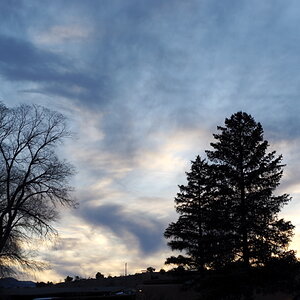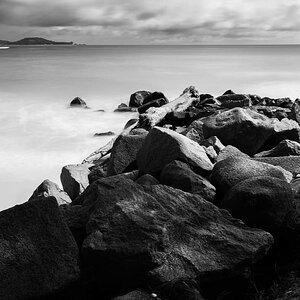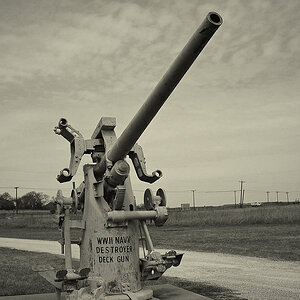Damian
TPF Noob!
So I've always admried photographers and the works and in summer I got this electronic Canon cam to begin with but then I realized that I couldn't laern anything from the Auto program so I got a 2nd hand Minolta700 SLR instead...and so please consider me as a total innocent newbie XD
Kay so after all that bs, heres my questions: When I look into the frame everything is blurred exepct for the focus center part. Is that normal? How do I see the background anf DOFs clearly then, if everything is so blurred???
And does a good focus mean adjusting the focus ring until both lines of the subject inside the circle is straightened and looks like the real subject itself?? (lol i'm so sorry about the way i talk, it's like in tangles or something....)
Also, what is that +1, + 2, 0 , -1 , -2 thing? (thats all ive got, 4 numbers) What do those do?
Thanks for tolerating my stupidity...I was gonna read more about photography online but I figured interactive tutoring might be better for a dumb newbie like me....thanks!!!!
luv
Dami

Kay so after all that bs, heres my questions: When I look into the frame everything is blurred exepct for the focus center part. Is that normal? How do I see the background anf DOFs clearly then, if everything is so blurred???
And does a good focus mean adjusting the focus ring until both lines of the subject inside the circle is straightened and looks like the real subject itself?? (lol i'm so sorry about the way i talk, it's like in tangles or something....)
Also, what is that +1, + 2, 0 , -1 , -2 thing? (thats all ive got, 4 numbers) What do those do?
Thanks for tolerating my stupidity...I was gonna read more about photography online but I figured interactive tutoring might be better for a dumb newbie like me....thanks!!!!
luv
Dami



 lol~ but ya, thanks a lot.
lol~ but ya, thanks a lot. 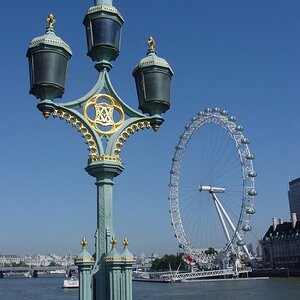
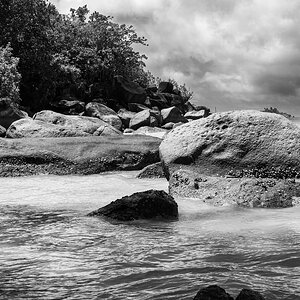
![[No title]](/data/xfmg/thumbnail/38/38724-0b9c26c57726c91c6c504310e4428e55.jpg?1619738702)
![[No title]](/data/xfmg/thumbnail/32/32634-5acd0e44e1d927b93e8723d9184555d9.jpg?1619735554)
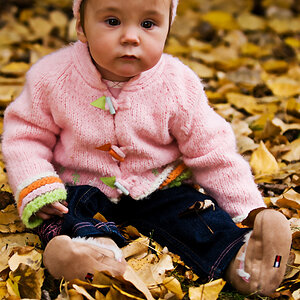
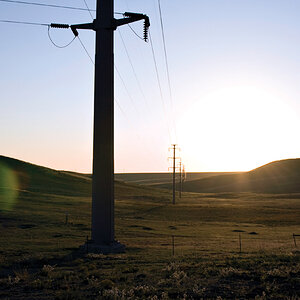
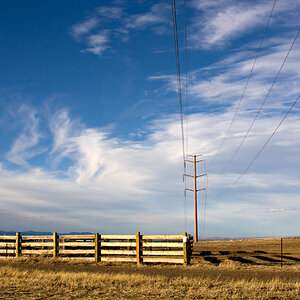
![[No title]](/data/xfmg/thumbnail/37/37127-bf1c0cde30f216dbd2804a0e700d6433.jpg?1619737884)
